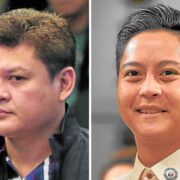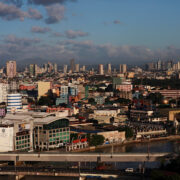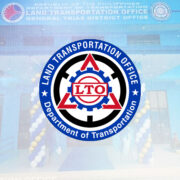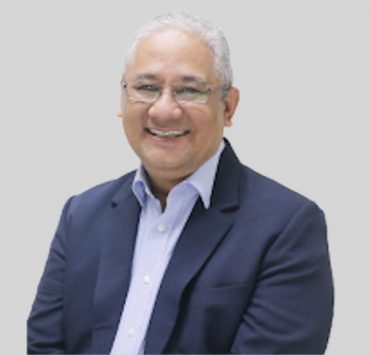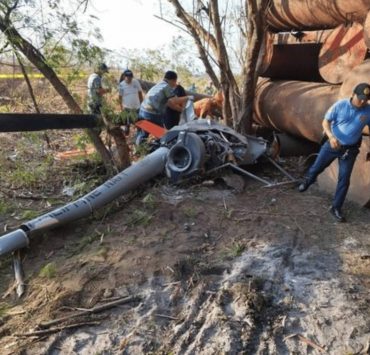The nationalist bogeyman: Why it’s hard to justify retention of Charter restrictions
Resolution of Both Houses Nos. 6 and 7 seek to amend portions of our Constitution that deal with foreign ownership in public utilities, education, and advertising. The current limits on foreign ownership in these sectors would remain, but Congress would be authorized to modify them through ordinary legislation.
Debates on the merits of economic Charter change or Cha-cha, as this has come to be known, often ignore the deep historical roots of these restrictions. Of the 28 economies surveyed by the office of Sen. Sonny Angara, the Philippines stands out as the only one that enshrines such provisions in its Charter. The long view of history could help us unpack why this is the case, and dispel some of the common myths surrounding it.
An ad called “Edsa puwera” mistakenly claims that the protectionism found in the 1987 Constitution was a product of the Edsa revolution. Most of these economic restrictions were present in the 1973 Constitution framed under President Ferdinand Marcos Sr. and the 1935 Constitution adopted during the American Commonwealth. The 1987 Constitution merely adds new restrictions. For instance, it prevents foreigners from practicing any profession and owning a stake in advertising.
So where did these restrictions originate? Lakshmi Iyer and Noel Maurer in a Harvard Business School working paper trace it back to the Philippine Organic Act of 1902 enacted by the United States Congress at the end of the Philippine-American War. They wrote, “Uniquely among colonial powers, the US government restricted its own citizens from investing in its new possession. The reason was strong domestic opposition to annexation.” They explain that southern Democrats in the US Congress at the time were fearful that domestic interests could form that would seek to retain the Philippines as a colony permanently. They feared Philippine goods, primarily sugar, would flood US markets.
This allowed provisions that placed restrictions on Americans from owning vast tracts of land of more than 1,024 hectares (2,500 acres) and on the insular government from issuing licenses for mining, timber, and utilities to be inserted in the act as a concession to get the bill passed through Congress. The 1899 Malolos Charter under President Emilio Aguinaldo, by contrast, allowed foreigners to engage in any profession, trade, or business, subject to governing laws of the land.
Restrictions barring Americans benefited local Chinese mestizo elites, whom the US government sought to decouple from Aguinaldo’s independence movement. Overconcentration of assets in the hands of a few led to a familiar pattern of rent-seeking that we recognize today. Paul Hutchcroft, in his book “Booty Capitalism,” explains how local elites obtained national office and began to infiltrate the civil service to rig regulations to suit their interests. They carried over the protectionist clauses from the Philippine Organic Act to the 1935 Constitution. What began as a strange quirk caused by domestic US politics, led to a permanent fixture. Rather than marking a break from our colonial past, these economic restrictions are a lasting legacy of it.
The Philippines has gone through periods of boom and bust in the years since independence, yet the quality of our institutions has not changed much, despite our best efforts. Our poor institutional quality can help explain differences between the Philippines and other nations, but it doesn’t explain the growth differentials in the Philippines across time. What changed significantly throughout this period was our openness to foreign direct investment (FDI). We were very open to FDI from the US in the 1950s because of the Parity Amendment of 1946. That decade, especially under President Ramon Magsaysay, was when we experienced unrivaled growth of 6.4 percent per annum on average.
We sought to favor domestic players under the “Filipino First” policy introduced in 1958, and saw average growth rates decline to 4.9 percent per annum in the ’60s. Manufacturing’s growth slowed severely. When we nationalized industry in the ’70s, our economy rebounded to an average rate of 5.9 percent per annum but collapsed under the weight of public debt in the 1980s. We gradually reformed this by adopting neoliberal policies, while expanding sectors subject to FDI restrictions in the Charter and experienced tepid rates of growth ranging from 1.8 percent per annum in the ’80s to 4.6 percent per annum in the 2010s.
Trade openness and FDI restrictiveness disincentivize global manufacturing firms from relocating to the Philippines to tap its growing domestic market as they could simply ship their goods here. The foreign investor has been the bogeyman during all this time, blamed for plundering our economy. This is not borne out by our economic history, rather the opposite is true. In light of this, it is difficult to justify retaining restrictions found in our Charter.
Emmanuel Doy Santos





